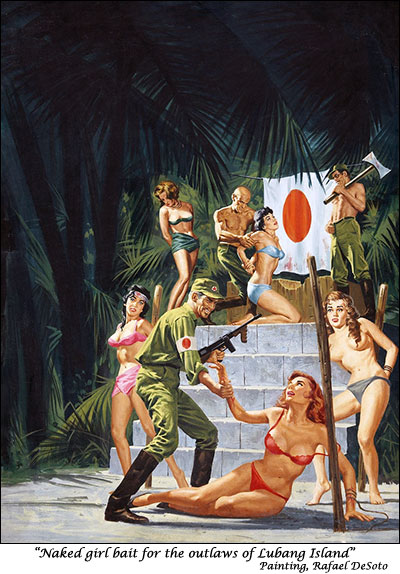
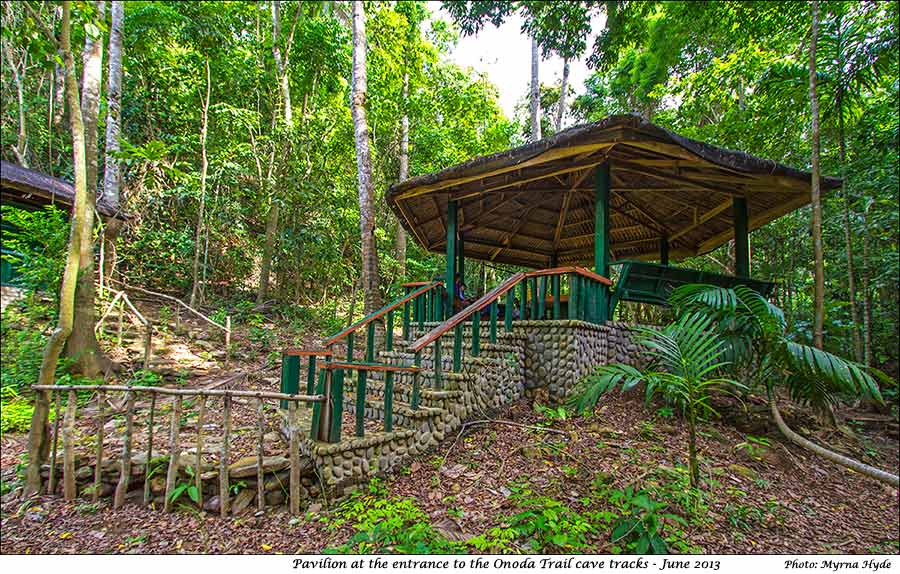
|
|
THE ONODA TRAIL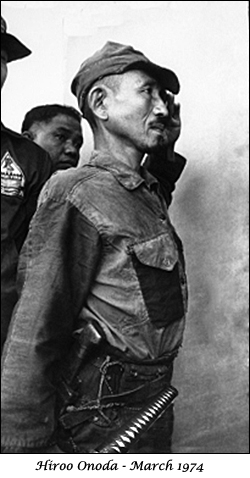
First, a brief synopsis of Hiroo Onoda's life will be given: * He was born in Tainan, Japan in 1922, and died at the age of 91 years of heart failure in Tokyo, in January 2014. * At 17 Hiroo worked for a trading company in China. * In May of 1942 Onoda was drafted into the army and attended a school for guerilla warfare - where he was taught that it was OK to stay alive at any cost. * On December 26,1944 he was sent to Lubang. His orders included doing anything to hamper enemy attack, and destroy Lubang Airport and the pier at Tilik harbour. * Onoda met up with a group of Japanese soldiers, which included officers who outranked him. They delayed him from achieving his goal of blowing up the pier and airport, and the Americans landed and took control on February 28, 1945. * All but Onoda and three of the Japanese soldiers were either captured or killed. Onoda,now a Lieutenant, ordered the men to take to the hills. The Japanese surrendered on September 2, 1945, but Onoda was unaware of this. |

|
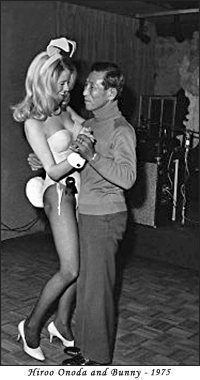
* The four men - Lieutenant Hiroo Onoda, Corporal Shoichi Shimada, Private Kinshichi Kozuka, and Private Yuichi Akatsu, had to concentrate on survival. They developed a circuit where they stayed at various locations for a few days - depending on food supplies. * Their food consisted mainly of bananas supplemented with coconuts and other fruits. For meat they hunted wild boars,caribou,chickens and iguanas and killed cows of the local farmers. * In September 1949 Private First Class Yuichi Akatsu left the group. He managed to live six months on his own before surrendering to the Philippine Army. * In 1950, the remaining three found a note left by Akatsu stating that he had been greeted by friendly troops. He even led a group of soldiers into the mountains in search of the remaining men. Onoda and his men quickly concluded that Akatsu was now working for the enemy. * In 1952 letters and photographs of family and friends were dropped from an aeroplane all over the island - but the group decided that it was a clever hoax. * In June 1953, Corporal Shoichi Shimada was shot in the leg during a shoot-out with some fishermen. He was nursed back to health, but on May 7, 1954, Shimada was killed instantly by a bullet fired from a search party. * Ten days later more leaflets were dropped and loudspeakers pronounced "Onoda, Kozuka,the war has ended". This was regarded as another American trick - after all the war could last up to 100 years.
* When Onoda and Kozuka needed supplies they would "requisition" them from the "enemy". In late 1965 they obtained a transistor radio and listened to Peking broadcasts. They did not believe any military information or that on foreign relations. But they followed horse races and understood that Japan was now an industrial power.
|
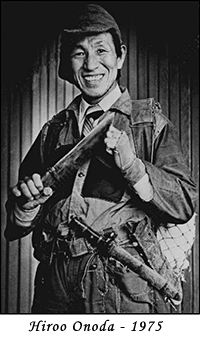
CONTINUED from LHS
* Onoda went to the forests and efforts to find him intensified. Search parties were sent, loudspeaker announcements made , dropping of leaflets and leaving magazines and newspapers detailing Kozuka's extravagant funeral in Japan were left. * In 1974 Onoda met a Japanese university dropout named Norio Suzuki who had gone to Lubang with the express mission of finding Onoda. Onoda listened cautiously as the young man told him that the war was over. Onoda explained that he could not surrender without orders. * On March 9th, 1974, a meeting was arranged between Lieutenant. Onoda and Major Taniguchi, Onoda's former commander. Taniguchi ordered Onoda to give up his sword and this episode finally came to an end after thirty years. * Onoda and his men killed about thirty Lubang Islanders while foraging for food, and wounded approximally one hundred more. In Vigo, where the caves tracks are, four men killed were Melecio Telebrico, Felipe Tanglao, Domingo Tanglao and Servando Tanglao. * On Mar. 10, 1974, Onoda surrendered at the Lubang Radar Base to Maj. Gen. J. L. Rancudo of the Philippine Air Force. He ceremoniously presented his sword to the major general. As a mark of respect, it was immediately returned. The following day the ceremony was repeated for the world's press when Pres. Ferdinand Marcos again returned Onoda's sword to him. He also pardoned Onoda for his crimes on Lubang. References:
|
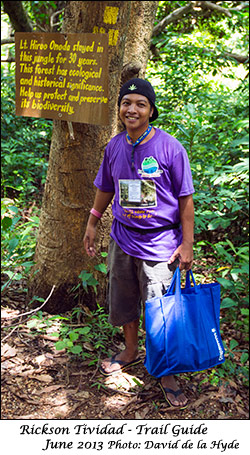
We were interested in what sort of terrain and conditions Onoda lived in for thirty years, so we made arrangements with Lubang Tourism to hire a jeepney and a guide for a day visit to the caves. The road to the caves branches off on the left after LUBELCO H.Q. but does not go all the way to the picnic pavilion. Because of the condition of the final stages of the road, the Jeepney parks, and there is about a half hour walk to the pavilion. There is a total of five caves in the area but cave four is off limits because of it's bat population. As I have had medical treatment over the last year, I am not fully fit, so I just visited the first two. There are guide rails, steps prepared and small bridges so the paths are fairly reasonable to traverse. The path to the caves in Vigo only covers a small section of the Onoda Trail. A full map, presumably originally drawn up by Hiroo Onoda, is shown below. I have also put photos of the picnic pavilion and cave one on to Google Earth. You can just make out the road leading to the pavilion.
From safety considerations having a guide is mandatory, and for information including access and guides: |
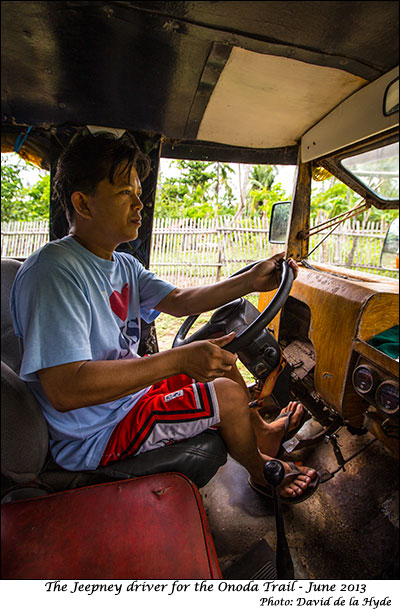
|
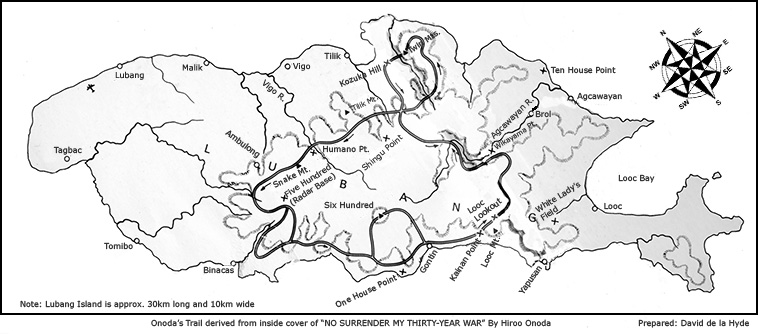
|
|
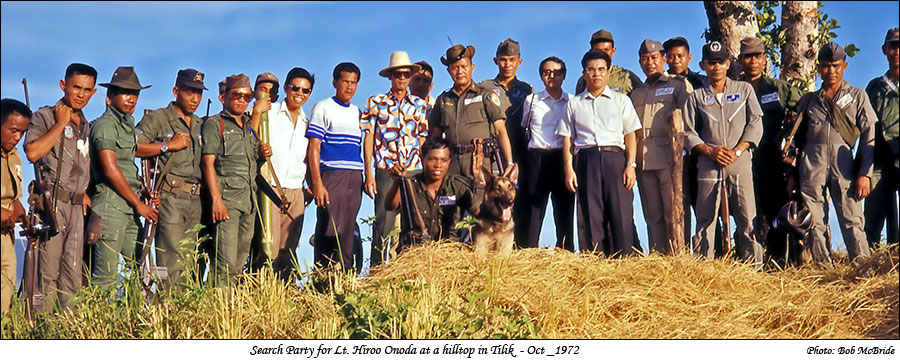
|
|
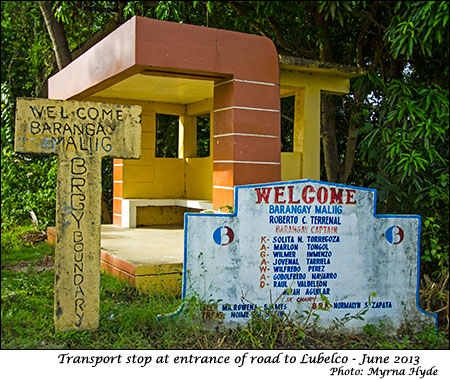
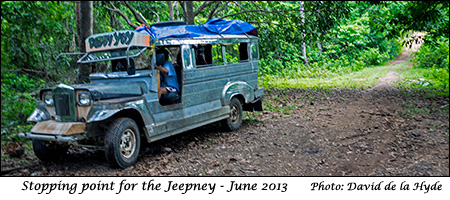
|
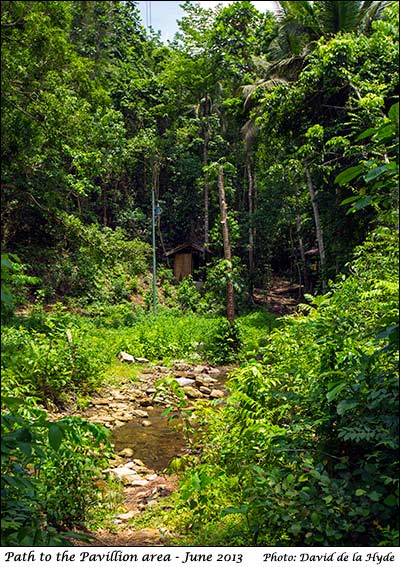
|
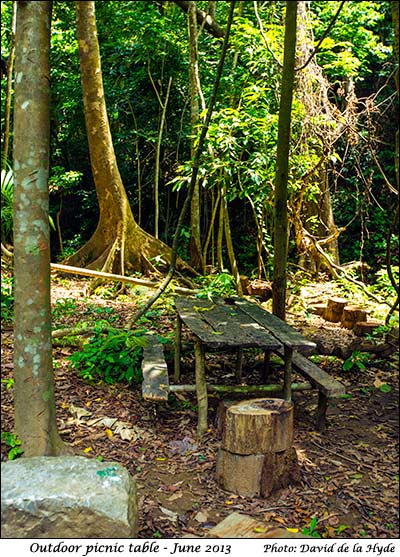
|
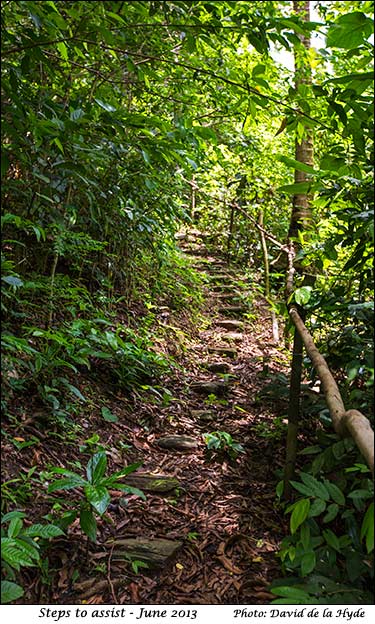
|
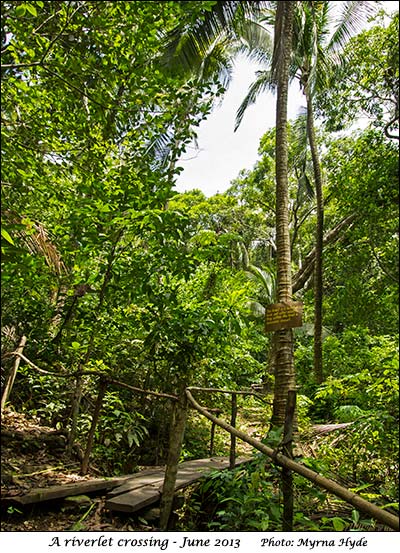
|
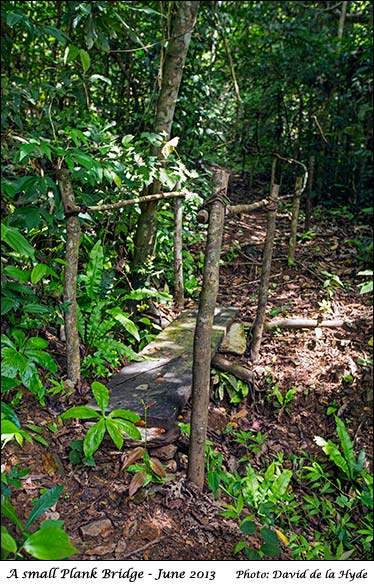
|
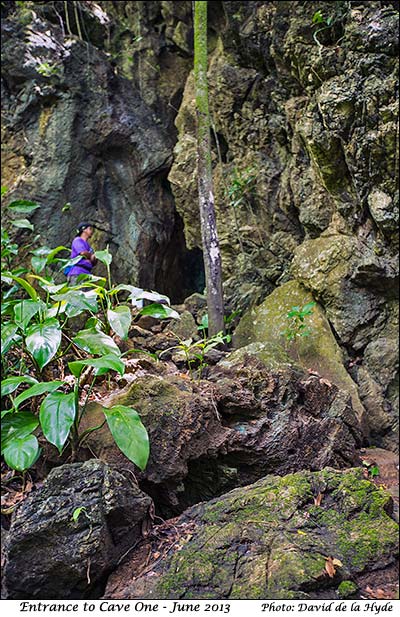
|
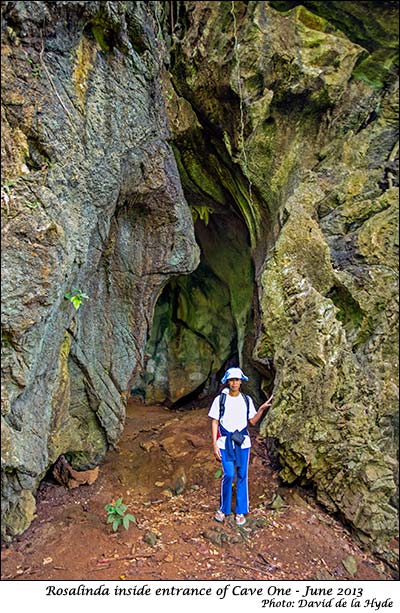
|
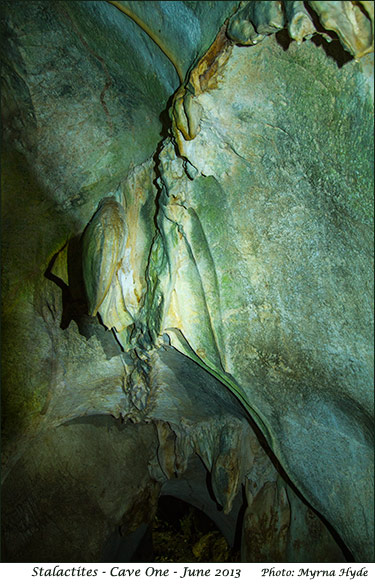
|
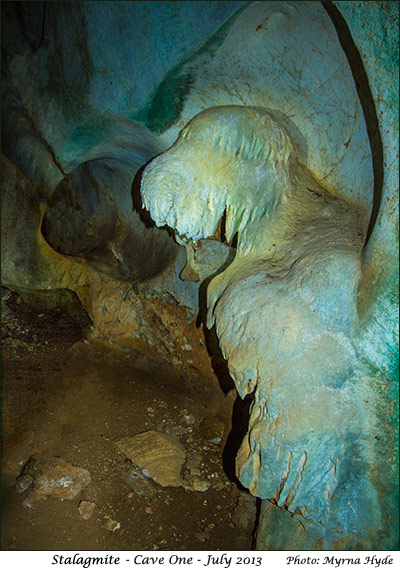
|
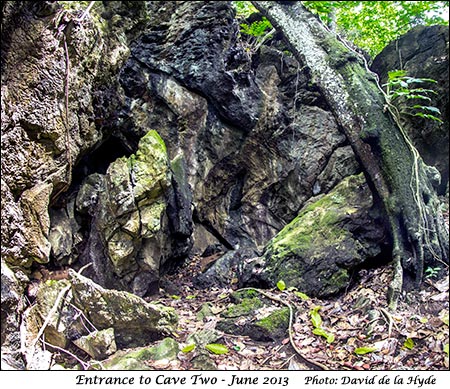
|
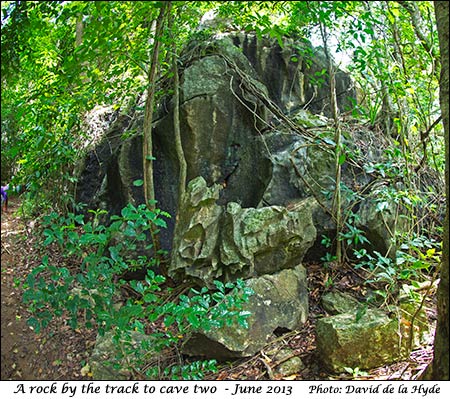
|
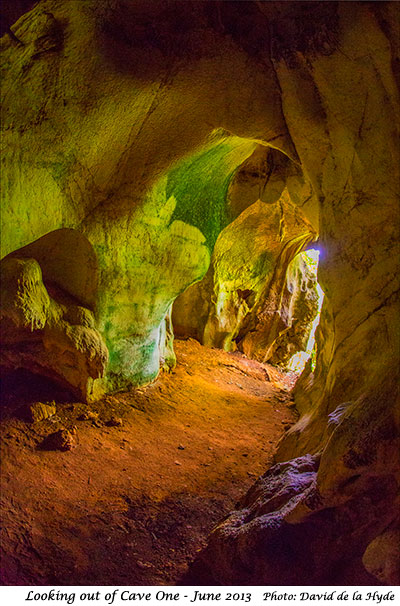
|
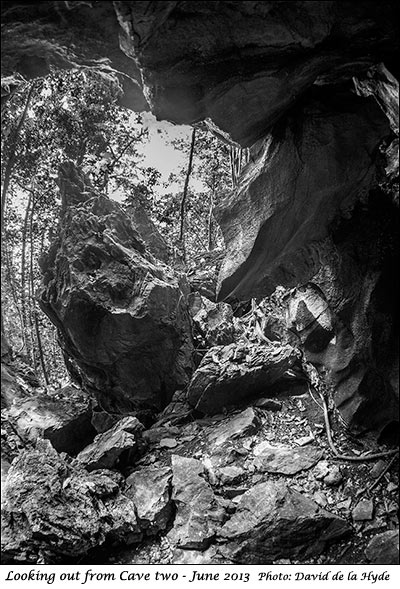
|
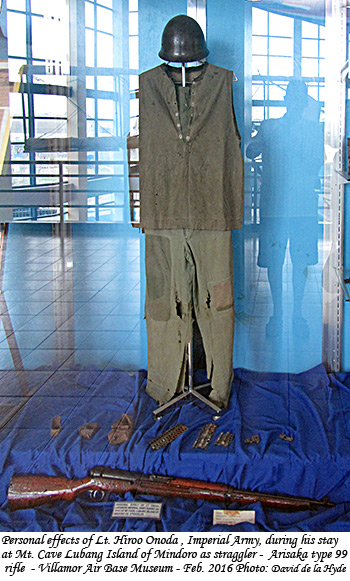
|
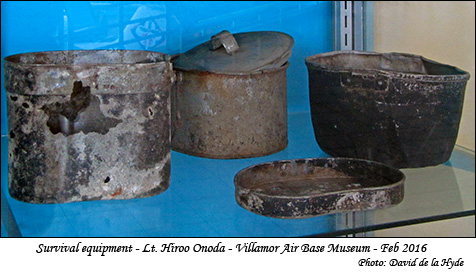
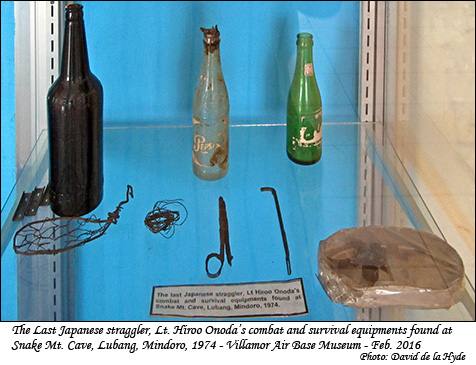
|
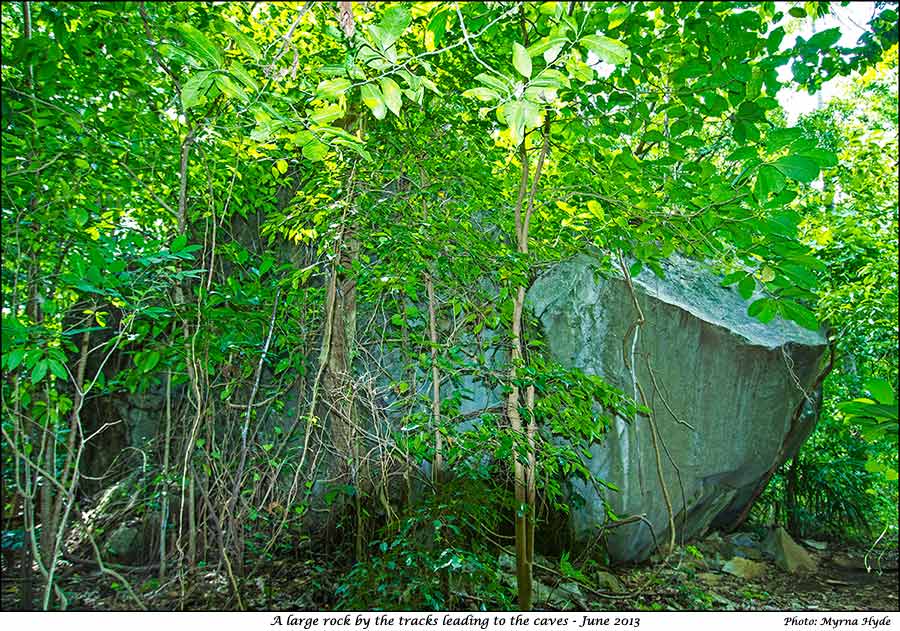
|
|